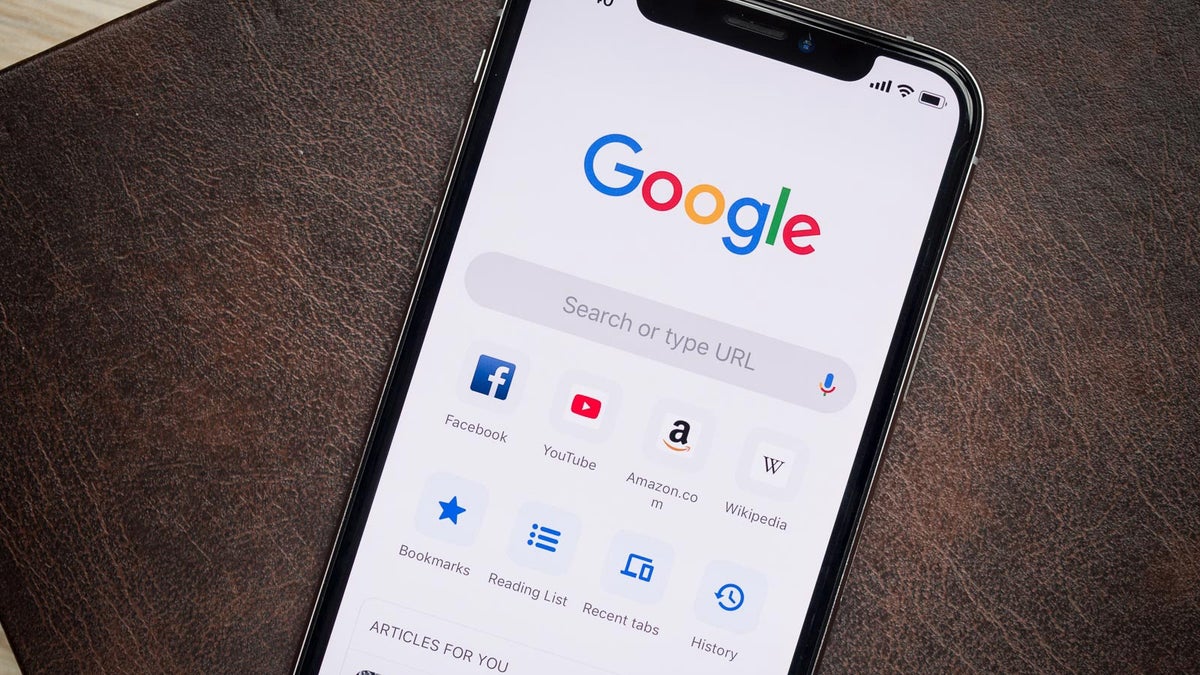Scrolling through Instagram might feel like a simple escape for teenagers, a place to share moments and connect with friends. But a significant change is underway, one that involves powerful artificial intelligence working behind the scenes. Instagram is rolling out advanced AI systems designed to catch teenagers who lied about their age when creating their accounts. And the consequences? Account restrictions and a push towards an age-appropriate experience on the platform.
For years, social media platforms faced criticism for not doing enough to protect underage users. Children under 13 are technically not allowed on platforms like Instagram based on US law (COPPA) and company policies, but many easily bypass this by entering a false birthdate. Teens between 13 and 17 also require different protections and experiences compared to adults. The pressure from parents, safety advocates, and global regulators has grown intense. This new AI push is Instagram’s direct response, aiming to create a safer environment by first knowing exactly how old its users are.
Think about the information a typical Instagram user shares. It’s not just photos and videos. It includes birthdates (even if hidden), interactions with friends, comments on specific types of content, and even participation in trends or challenges associated with certain age groups. Instagram’s new AI doesn’t rely solely on the birthdate a user provides during sign-up, which is easily falsified. Instead, it analyzes these deeper patterns and connections across the platform.
Meta, Instagram’s parent company, has discussed using various signals. One method involves looking at public “Happy Birthday” posts where a user might be tagged, potentially including their age. The AI can analyze the language and context of these posts. Another signal comes from the age of a user’s followers and the accounts they follow. If a user primarily interacts with others known to be much older or younger than their stated age, it could be a flag. The types of content a user engages with can also provide clues. While none of these signals alone prove a user’s age, the AI combines them to build a probability score.
If the AI flags an account as likely belonging to a teenager who registered with a false, older birthdate, Instagram doesn’t immediately suspend the account. Instead, it prompts the user to verify their age. This is where things get interesting and, for some, perhaps a little unnerving. Instagram offers several ways to verify age, aiming for methods that are both accurate and respect user privacy as much as possible.
One primary method involves using a third-party verification service. Meta partnered with companies like Yoti, which specializes in age verification. Users might be asked to take a video selfie. This video is then sent to the third-party service, which uses AI to estimate the user’s age based on facial features. The service shares the age estimate with Instagram but then deletes the video, reportedly within minutes. This method raises privacy questions for some, but companies like Yoti emphasize that they do not store the biometric data or the video long-term.
Another verification option involves asking adult friends on Instagram to vouch for the user’s age. The user selects a number of mutual followers who are adults (verified by Instagram) to confirm how old they believe the user is. This social vouching method relies on community trust, though it’s less foolproof than technical verification. Instagram users in some regions can also upload an ID document, a more traditional but often less preferred method for young people due to privacy and accessibility concerns.
If a user flagged by the AI fails or refuses to complete the age verification process, Instagram takes action. The most common step is restricting the account to an age-appropriate experience, treating the user as if they were under 18. This means implementing default safety settings that Instagram applies to known teenage users.
These default settings include making the account private by default, meaning only approved followers can see their content. They limit who can message the teen, preventing unknown adults from sending direct messages. The platform also restricts the types of ads the teen sees, blocking categories deemed inappropriate for younger audiences. Furthermore, Instagram might limit access to certain features or content that are only suitable for adults. Essentially, the user is placed into the protective ‘teen’ environment on Instagram, regardless of the false age they initially provided.
In some cases, if the discrepancy in age is significant or if the user repeatedly fails to verify their age after multiple prompts, Instagram could potentially suspend the account. This is less common than defaulting to the age-appropriate experience but remains a possibility for users who deliberately and persistently try to circumvent the age requirements.
The technology isn’t perfect. AI age estimation from video selfies, while improving, can still have margins of error. Relying on social vouching has obvious limitations. Privacy advocates also continue to monitor how user data, even temporary video selfies processed by third parties, is handled. However, Instagram maintains that these methods are necessary steps to enforce their policies and create safer spaces.
The implementation of this AI system signifies a major shift in how social media platforms approach age verification. It moves beyond self-declaration to proactive detection and enforcement based on user behavior and connections. For teenagers who might have casually entered a wrong birthdate years ago, it could mean a sudden change in their Instagram experience as the AI catches up. For parents, it offers a degree of reassurance that the platform is taking more active steps to ensure their children are having an experience suitable for their age, even if the method itself brings new questions about data and AI surveillance.
As this AI continues to evolve and become more integrated into the platform’s operations, we can expect the conversation around online age verification, privacy, and the balance between safety and user experience to continue as well. Instagram is making it clear: they are serious about knowing the real age of their users, and AI is their chosen tool to uncover the truth, one profile at a time.




